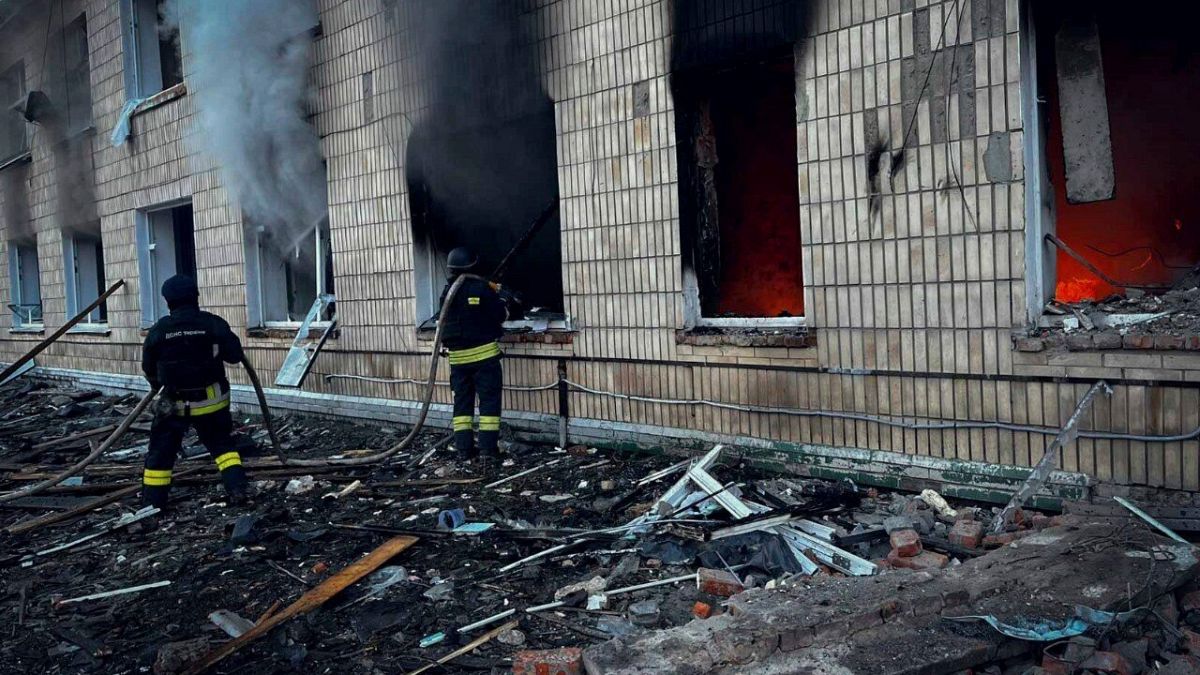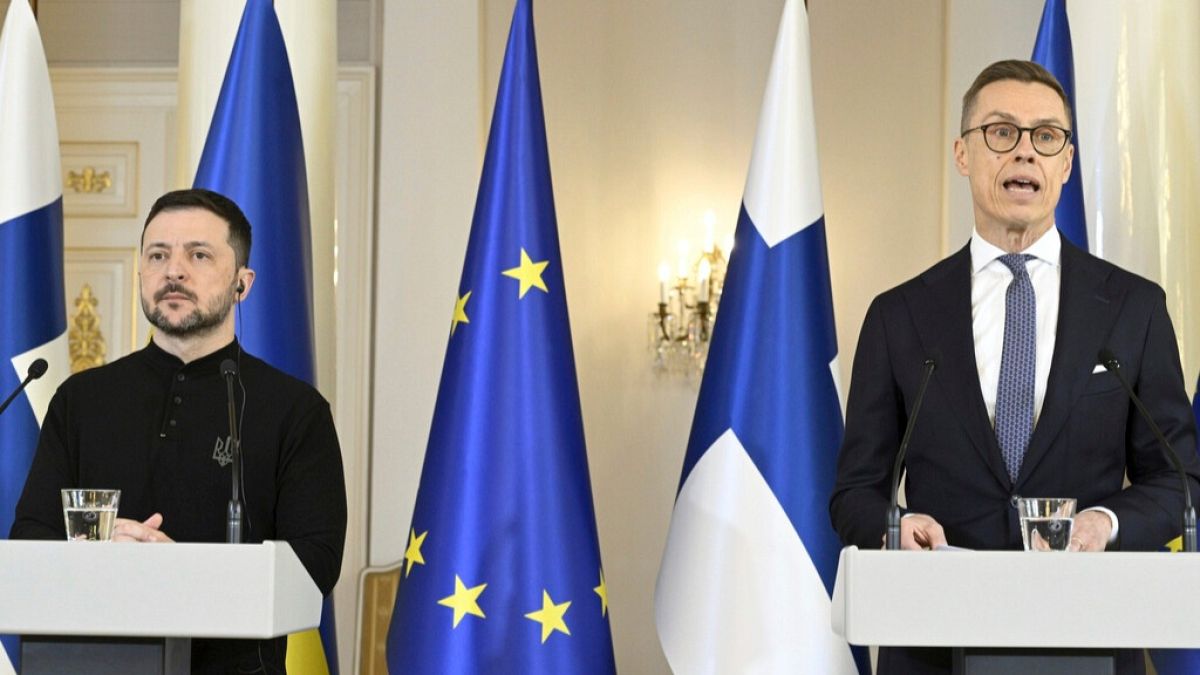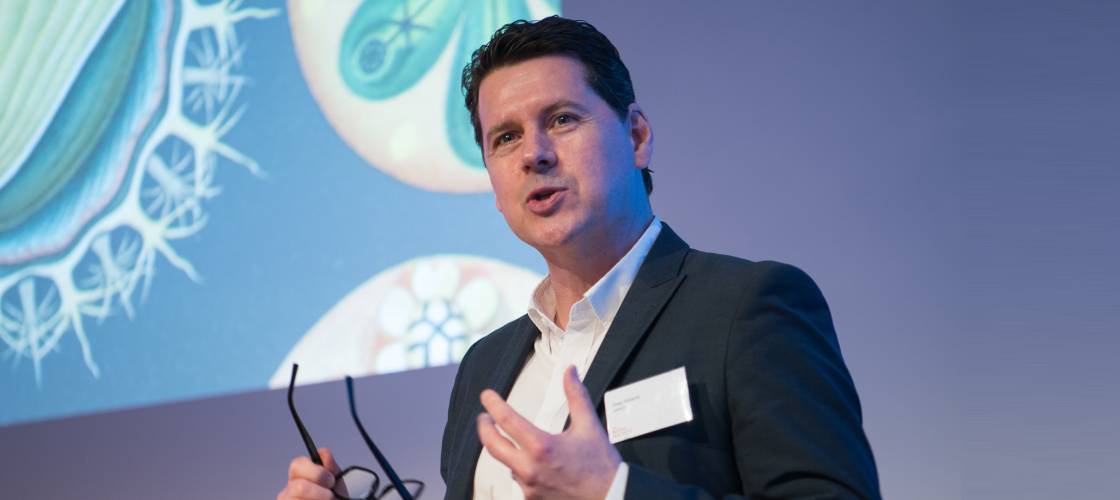Visitor Service Infrastructure at the Kasta Tomb in Amphipolis

With the implementation of the pathways and the visitor reception and service infrastructures, as well as the construction of the museum and the shaping of the exhibition space, after the full maturation of all studies – architectural, static, electromechanical, visitor reception infrastructures and museum space, museological and museographic for the exhibition – the restoration and promotion works of the Kasta Tomb in Amphipolis continue (by the competent services of the Ministry of Culture, the Directorates of Restoration of Ancient Monuments and Studies and Works of Museums and Cultural Buildings, and the Ephorate of Antiquities of Serres).
The project for the stabilization of the enclosure of the burial monument is also in progress. As reported by an announcement from the Ministry of Culture, the total budget of the project exceeds 10,000,000 euros and is funded by the Regional Operational Program of Central Macedonia – ESPA 2021-2027 and national resources of the Ministry of Culture.
The Minister of Culture Lina Mendoni stated: “The Kasta Tomb is an emblematic monument of great historical and archaeological value and significance, which requires a unified holistic approach – tomb, circular enclosure, and monumental burial monument – in order to ensure its comprehensive protection and make it accessible. The construction of the exhibition space is included in the broader set of planned visitor reception infrastructures of the Kasta Tomb.
Due to the uniqueness of the monument, the exhibition space is called to meet the needs of visitors, while also regulating the flow of visits to the Tomb, as, due to its limited space, visits will be allowed in small groups. In the exhibition space, which follows the principles of modern architecture and bioclimatic approach, the goal is for the visitor to have the opportunity to admire the significant findings of the monument, to understand the space as a whole through digital applications, and to find infrastructures for their service and pleasant stay in the archaeological site. The purpose of the accessibility and infrastructure improvement study is to protect the archaeological site and the natural environment, to highlight the values of this specific monumental space, to ensure the unification and accessibility of the monuments, and to provide access to all, including visitors with disabilities and those with mobility impairments.
The location of the exhibition space of the Kasta Tomb takes into account the need for a comprehensive experience for the visitor, as well as for the preservation of the historical environment of the monument, which remains intact from new visible constructions. The public’s interest in this specific monument is particularly high, and the project, which the Ministry of Culture has undertaken to execute, will not only protect and promote the monument but will also strengthen interest and the flow of visitors to the broader, extremely significant archaeological site of Amphipolis. I thank the former Regional Governor and current EU Commissioner Apostolos Tzitzikostas for his continuous support of the unique monument of the Kasta Tomb, as well as Regional Governor Athena Aidonis and the Managing Authority of the Central Macedonia Region for our consistently excellent cooperation.”
Visitor reception and accessibility infrastructures for people with disabilities
According to the announcement from the Ministry of Culture, the visitor reception and information infrastructures – visitor pathways, viewing platforms, parking space, reception and service infrastructures, exhibition of findings, digital applications – are expected to offer visitors a comprehensive experience of the monument in combination with the exceptional natural environment and the historical landscape of Amphipolis. The visitor pathway develops peripherally at a sufficient distance from the enclosure, so as to achieve the best possible view of the monumental ensemble of the tomb, the understanding of its relationship with the archaeological site of Amphipolis and the Strymon River.
The pathway is organically connected to the exhibition space of the Kasta Tomb, while a branch leads visitors to the entrance of the burial monument.
Another branch of the pathway, in the form of a shaped trail, leads to the Macedonian Tomb III, which is being preserved, highlighted, and integrated into the broader shaping of the visitable area, creating a holistic experience of the visit. The project for the promotion of the Kasta Tomb aims at understanding and acceptance of the monument by all indiscriminately, as the monument becomes accessible and “open” to people with disabilities and those with mobility impairments.
Exhibition space of the Kasta Tomb
The main axis of the architectural composition is the harmonization of the building with the natural environment, the announcement from the Ministry of Culture adds. For this reason, the building is expected to be mostly underground, with its main facade visible towards the monument. The exhibition space is organically connected to the visitor pathways around the monument and is located on the circular path that surrounds the tomb, in immediate proximity to the monument.
The adaptation to the natural environment is also achieved through the energy approach of the design, aiming for the minimum possible environmental footprint. After visiting the burial monument and following part of the circular path, the visitor encounters the exhibition space, which reveals itself along the way as a curved, permeable arcade. The exhibition space is expected to house the architectural members, which are currently stored and preserved in the Archaeological Museum of Amphipolis, and which cannot be reinstalled in the monument – such as the door of the burial chamber, the painted frieze of the burial ante-chamber, parts of the upper limbs of the “caryatids,” etc.
The goal of the archaeological exhibition is to showcase the unique character and the special historical role of the monumental ensemble of the Kasta Tomb. Due to the exceptional importance of the monument, the permanent exhibition meets the needs of a wide range of visitors, providing a comprehensive picture of the architectural features of the monument. At the same time, it is called to play the role of a multiplier of the visitor’s experience, as well as of managing the pace of visits to the Tomb.
The exhibition is structured into three sections: In the first section, in Hall 1, findings from the monument are displayed in showcases, with information fully and equally accessible to all. In the second section, in Hall 2, using new digital applications, the visitor engages in virtual interaction with the monument. In the third section, in the open arcade with a view of the monument, the visitor gains a comprehensive perception of the Tomb and sees the part of the enclosure that preserves the original marble facade. (18/8/25)











































